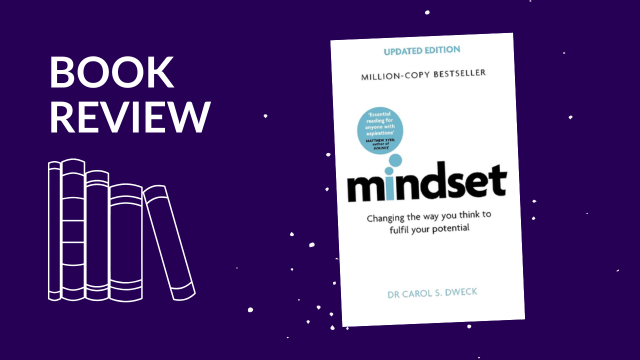In Good Strategy Execution Requires Balancing 4 Tensions by Simon Horan and Michael Connerty (Harvard Business Review” https://hbr.org/2017/11/good-strategy-execution-requires-balancing-4-tensions), the authors provide important insights for change practitioners and the leaders with whom we work. The four tensions they identify can briefly be described as follows.
Tension #1: An inspiring end-state versus challenging targets – “A vision of an inspirational ‘end state’ is essential for getting people to commitment to change: a simple narrative that articulates not only why change is necessary but also what life will look and feel like once change is successfully implemented.” The authors also emphasize the importance of “aggressive mid-state targets” to serve as inspiration and motivation for undertaking the change journey.
Tension #2: Top-down control versus democratization of change – This is a “both/and.” The ability of people to make decisions that can influence change increases commitment and effort. At the same time, top-down leadership is required to ensure focus an ongoing alignment.
Tension #3: Capability development versus pressure for results – These are often treated as competing demands; and when they compete, all too often the pressure for results wins. In the example that the authors provide, a publicly traded company found success by focusing their initial capability development where it would deliver high-value, early returns.
Tension #4: Creativity versus discipline – The authors identify this tension as the most difficult to balance. Unfettered creativity “can lead to chaos and complete unaccountability for results.” And, creativity, when too tightly bounded, can restrict the scope of strategic change too much.
How effectively are these tensions at play in your current change initiatives? If you looked at recent initiatives through this lens, what lessons would you draw for your own change practice and the executives that you support?







